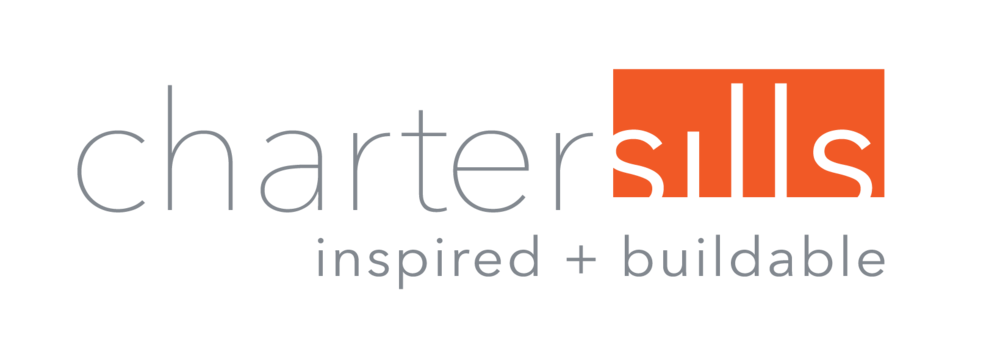In last month’s blog we looked at the impact and causes of light pollution. But is too much light just an outside problem? In this month’s post, we look more closely at a phenomenon that is one possible contributor to light pollution but can also be an issue indoors and out. Just what is over-illumination and how does it impact us?
As the name suggests, over-illumination is basically too much of a good thing: excessive light for the space, task, or activity. This can mean lighting where it is not needed, or it can involve too much intensity for the needs of the space. Upon first glance, we might think over-illumination is simply aesthetic, e.g. bright light killing the cozy warmth of a candlelit room. The impact of too much light goes beyond mood, however, and can have serious implications on energy use and the health of those who use the space.
For several decades over-illumination was not an issue that garnered much attention, particularly in retail and office spaces. Bright light was considered helpful to keep products well lit and employees awake, however negative effects of too much light have become more apparent.
We often think of eye strain when it comes to insufficient light, however too much light can also cause strain, which in turn can cause headaches, fatigue, and stress. The effects can extend beyond the office as well, disrupting circadian rhythms, which decreases sleep quality, further decreasing employee well-being and productivity.
Computer monitors create even more challenges for lighting designers when it comes to determining how much illumination is needed. The monitor itself can cause glare or the reflective surface can create glare from other light sources. Glare will also lead to eye strain, and in addition often cause employees to contort their posture in order to avoid it (often subconsciously). Repeatedly shifting one’s body into awkward positions, even if only for certain parts of the day, can also take a toll, leading to aches and pains. All of this adds up to uncomfortable employees, which is not good for productivity or morale.
Over-illumination also creates inefficiencies, increasing facility costs in terms of energy consumption, labor, and maintenance. Upfront costs are inflated if too many luminaires are installed from the start. Lighting spaces more than needed—or even when not needed at all—is simply a waste of resources and can also contribute to light pollution, which in turn creates broader problems.
Three primary factors lay at the heart of over-illumination:
Taking a general one-size-fits-all approach to lighting design, rather than taking into account the space’s intended use.
Blending old and new lighting systems without paying attention to the combination of different light sources. While many buildings seek to modernize their lighting scheme with the addition of LEDs, they sometimes do not account for the increased intensity of LEDs compared to legacy lights, leading to more light than necessary in a space.
Not updating a lighting scheme from an older building to match current needs. A historic building may have been designed well before the introduction of artificial light or before widespread use of computers, and their lighting schemes may provide more illumination than needed for modern working conditions. They may also have outdated controls where one switch controls all the lights in a space, leading to less flexibility to adapt to the presence or absence of natural light at different times of the day.
Determining the required amount of light means tailoring a design to each individual space. In order to avoid over-illumination, designers need to consider the distribution of light in the space, the nature of the activities that will take place in the space, as well as the effect on the users of the space (i.e., what and who are we designing for). As we have noted before, effective lighting design should ultimately go unnoticed, because it provides the right amount of light for the tasks at hand. When a lighting designer has done their job well, their skill will keep occupants and visitors more comfortable.


